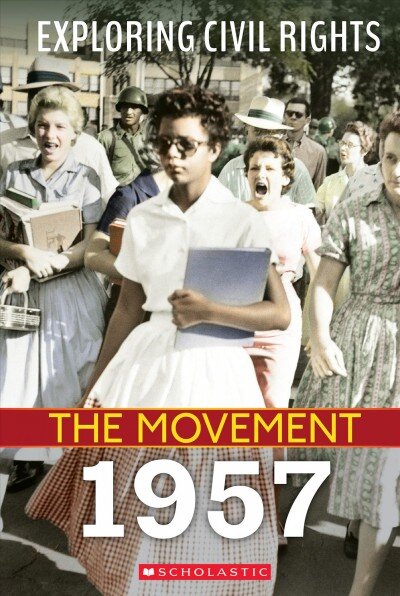"The years from 1955 to 1965 are at the heart of the civil rights movement. Resistance was often met with violence against Black Americans fighting to end discrimination and segregation. Yet the courage of those yearning for equal opportunities under thelaw continued to persevere. The year 1957 was full of new beginnings and hope for a growing movement. In January, prominent civil rights leaders attended a historic meeting in Georgia with Dr. Martin Luther King Jr. at the helm. In September, as protestswere heating up around the nation, a group of Black students, known as the Little Rock Nine, integrated Central High School in Arkansas. At the same time, activists' push for legislation resulted in the passage of the Civil Rights Act of 1957. Progress toward equality for Black Americans was slow, but people's commitment to the movement continued to deepen during the year as the prospect of change seemed possible. This detailed account explains why 1957 was such a critical year in the civil rights movement"--
Key events of the Civil Rights Movement are brought to life in this new series that examines the years in US history spanning from 1955-1965, which were critical to the Civil Rights Movement. Each book in the set focuses on a specific year and chronologically follows the detailed events that occurred and the changes that took place. Simultaneous and eBook. Illustrations.
Key events of the Civil Rights Movement will be brought to life in this exciting and informative new series.1957 was a year of new beginnings and hope for a growing movement. In January, prominent civil rights leaders attended a historic meeting in Georgia with Dr. Martin Luther King Jr. at the helm. In September, as protests were heating up around the nation, a group of Black students, known as the Little Rock Nine, integrated Central High School in Little Rock, Arkansas. At the same time, activists’ push for legislation resulted in the passage of the Civil Rights Act of 1957. Progress toward equality for Blacks was slow, but people’s commitment to the movement continued to deepen by the year as the prospect of change seemed possible.The years from 1955 to 1965 are at the heart of the civil rights movement—from the Montgomery bus boycott to the Voting Rights Act. The contributions of key activists, including Rosa Parks, Dr. Martin Luther King Jr., John Lewis, Barbara Nash, and Malcolm X, are part of the narrative. Demonstrations of passive resistance and legal challenges were often met with bloodshed and violence against Black Americans fighting to end segregation and discrimination. Yet the courage of those yearning for equal opportunities under the law ultimately produced legislation affirming that every American should have the same constitutional rights, regardless of color, race, or gender.
